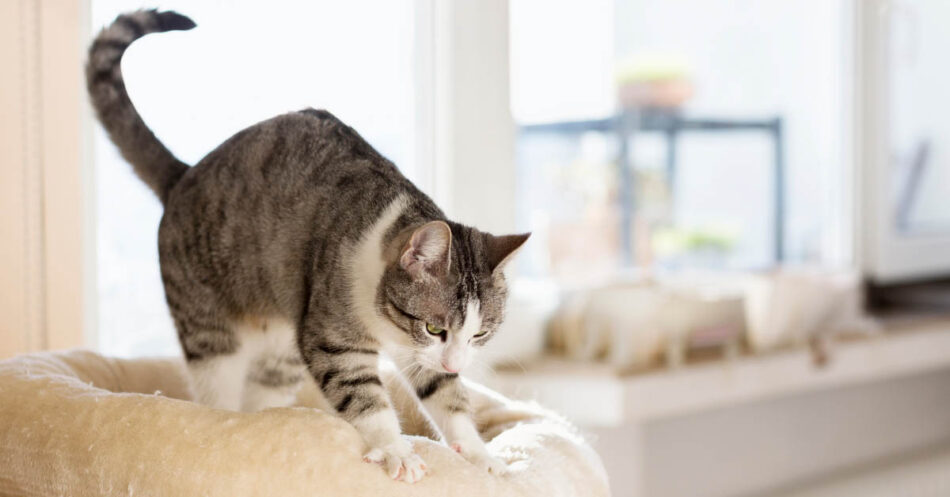
Expert Answers to Your Top 7 Cat Body Language Questions
When your dog runs up to you with her tail wagging when you come home from work, it’s easy to tell she’s happy to see you. Our feline friends can be harder to decode, but it’s important for pet parents to be able to interpret their cat’s body language.
Knowing how she shows love can help you bond with her more, and her body language can also warn you if she’s feeling scared or sick. Here are expert answers to seven of your questions about cat body language.
Your Cat Body Language Questions Answered!
1. Why do cats hiss?
There are several reasons why cats hiss. People often think a hissing cat is an angry cat, but “uncomfortable” is more accurate.
Your cat may hiss if she is uncomfortable with the situation she’s in or if she’s scared. This is why your cat may hiss at the vet even if she’s sweet and loving at home.
Hissing is a warning. She’s scared and telling you (or another animal) to back off or she’ll have to attack. This doesn’t mean that she wants to attack. Cats don’t like confrontation, so she’d rather try intimidation first and then run away if possible.
Pain can also trigger hissing as part of a cat’s body language indicating physical distress. If you pet or pick up your cat and they hiss at you for no apparent reason, it’s likely they are sick or in pain. Please schedule a veterinary visit as soon as possible to rule out any life-threatening conditions.
Pin Me!
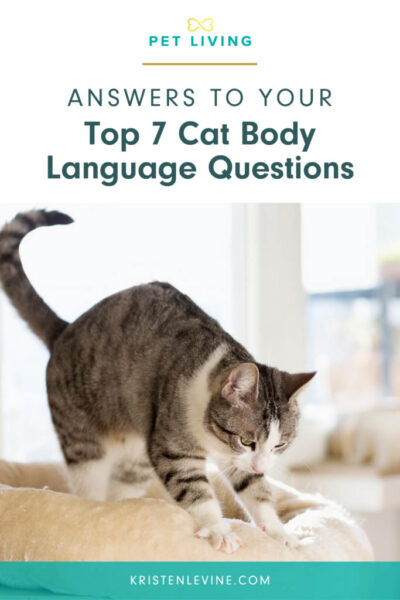
2. Why do cats rub against you?
Cats rub against you because they are, essentially, claiming you. You are their person, and they want every other cat to know it. Even if there are no other cats in your home, your cat will still claim you from any possible cats that might magically appear.
When cats rub against you, they are marking you with their scent glands. Not to worry, humans generally can’t smell it. This isn’t a strong scent like if your cat sprays.
Cats rub their faces on things in your house for the same reason. These are their things, and other cats need to know that.
If your cat likes to rub the top of her head against you or “head bump you,” it’s an extra compliment. Head bumping does transfer scent, but it’s also a sign of affiliation. That is, your cat is making you smell like her because she thinks you are a part of her group. You are her family.
3. Why do cats knead?
Kneading, or “making biscuits,” is one of those cat behaviors that is quite cute (but occasionally painful for the person they’re kneading). If your cat is a constant kneader, I recommend having a blanket close by for your comfort and theirs.
There are two main reasons for this cat behavior, and they’re both compliments.
First, kittens knead their mothers while they’re nursing. They feel safe and happy. When your adult cat curls up in your lap and starts kneading, she’s showing she feels safe and happy with you.
The second reason goes back to scent again. Cats have scent glands in their paws, so kneading is another way to mark you as their person.
4. Why do cats’ tails puff up?
This is part of a defense mechanism. Have you ever seen a bear stand up on his hind legs? He is trying to appear larger and more intimidating. Your cat’s puffed-up tail is their body language of saying the same thing.
As mentioned above, cats don’t like confrontation. They’ll fight if they have to, but they would rather run away or get their attacker to run away.
If your cat is scared or she thinks she is about to be attacked, she may puff her tail to appear bigger—and hopefully, her attacker will be scared too, and run away.
You’ll often see your cat’s tail puff up when you also see this next staple of cat body language.
5. Why do cats arch their backs?
Like when a cat puffs their tail up, sometimes cats arch their backs to appear bigger. Looking bigger may be their best chance to intimidate whatever is frightening them, especially if they are cornered. If you see your cat arching her back and puffing her tail a lot when there doesn’t seem to be a reason for it, she may be suffering from anxiety.
Another reason cats arch their backs is simply to get a good stretch. Cats are experts at stretching, and you’ll often see the arched-back stretch after a good nap.
If you’re petting your cat when she arches her back, it means you’ve hit the spot. Sometimes they’ll arch their back up to encourage you to keep petting them.
Playtime may also inspire your cat to arch her back. Your cat’s playtime back-arching can look very similar to her defensive back-arching. The difference is that you won’t see any hissing, growling, or bared teeth.
6. Why do cats lay on their back?
A cat’s belly is a very vulnerable spot, and cats instinctively protect it. When they lay on their backs and show you their bellies, they’re showing they trust you.
This is especially true if they go to sleep while lying on their back. When a cat is asleep, she is lowering her defenses. Going to sleep with her belly exposed shows she feels safe and protected.
Generally speaking, a cat lying on her back is a happy cat. Cats also lay on their back when they feel playful. This can mean they want to play with you or with other cats in your household.
You may be tempted to rub your cat’s belly if she’s lying on her back. Be careful, though. More than one pet parent has been drawn in by that fluffy belly and ended up a victim of a “Venus cat trap.”
7. Why do cats yawn?
Many cats yawn as part of their stretching routine when they wake up.
Even though it shows off all their teeth, cats don’t yawn to show aggression. Actually, it is usually the opposite. Yawns are more about comfort and contentment. Yawns show they feel relaxed and safe around you.
Unlike people, cats don’t usually yawn when they are tired. Your cat is far more likely to yawn when she wakes up in the morning than when she is tired at night.
If you have a shy cat, you can yawn to help her relax. You are telling the cat that you won’t hurt her.
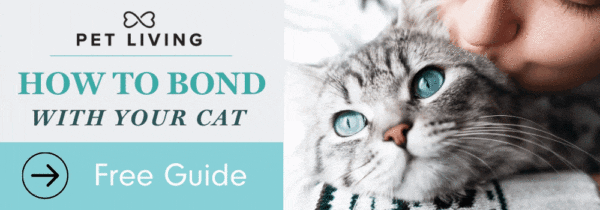
How to Read Your Cat’s Body Language

The feline language has many different meanings, and context is important when trying to read them. Learning the cues of a contented or scared cat will help you provide what your cat may need at the time—a (consented) belly rub or space for your kitty to relax.
Happy and Relaxed Cat Body Language
A content cat often has a relaxed body, not tense or curled up too tightly. They might lie down stretched out or sit with their front paws folded under their body, showing they’re calm and comfortable. Their ears will be in a normal position, just moving naturally to sounds without being overly alert. Their eyes may be partly closed, or they may blink slowly at you, which in cat language means they’re happy and trust you.
A happy cat will meow in different ways as a hello or to ask for attention. Cats purr when they’re really content, like when they’re resting or enjoying some petting. If their tail is up, they’re feeling good, and if they make slow tail movements, it’s a sign they’re in a playful mood and might want to interact with you.
Playful Cat Body Language
When your cat is in a playful mood, they might crouch down and wiggle their backside, getting ready to pounce. Their eyes will be wide open and their pupils dilated, showing they’re excited and paying close attention. You’ll see their ears perked up and pointing forward and their tail flicking from side to side. You’ll hear chirps or trills and a chattering sound when they’re engaged in these hunting behaviors.
Stressed, Anxious, or Fearful Cat Body Language
A stressed, anxious, or fearful cat might look away or move their head away, not wanting to make eye contact, and their tail may be tucked close to their body or will flick slightly. Their pupils often dilate, an effect of their fight-or-flight response. Ears can be a big giveaway too; they might flatten against their head or stick out to the sides (“airplane ears”). The cat may crouch down, lean away, or even freeze up if they’re really scared. They could be stiff and ready to run, and sometimes they might growl, hiss, or spit to show they’re not feeling safe.
Threatened or Aggressive Cat Body Language
Threatened or aggressive cats will often display body language signs similar to fearful or stressed cats. They may have an arched back and stiff legs to appear larger, with a tense, upright tail. They’ll let their fur stand and puff up their tail, with their whiskers forward. Ears could be upright but tilted forward slightly, and their pupils may be enlarged or constricted as they focus intently on the threat.
If they’re feeling defensive, they might crouch down with their head tucked in, tail wrapped around their body, and ears flattened to the sides or back, eyes wide with dilated pupils. These are accompanied by warning signals like growling, hissing, spitting, or swiping with extended claws—clear indications they’re ready to defend themselves if necessary.
For more ways to bond with your cat, download the free guide below.
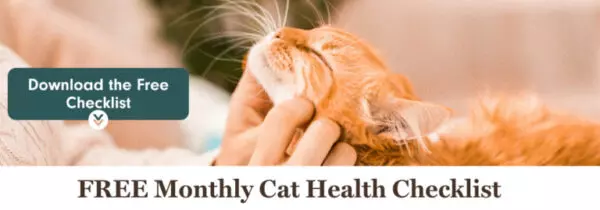


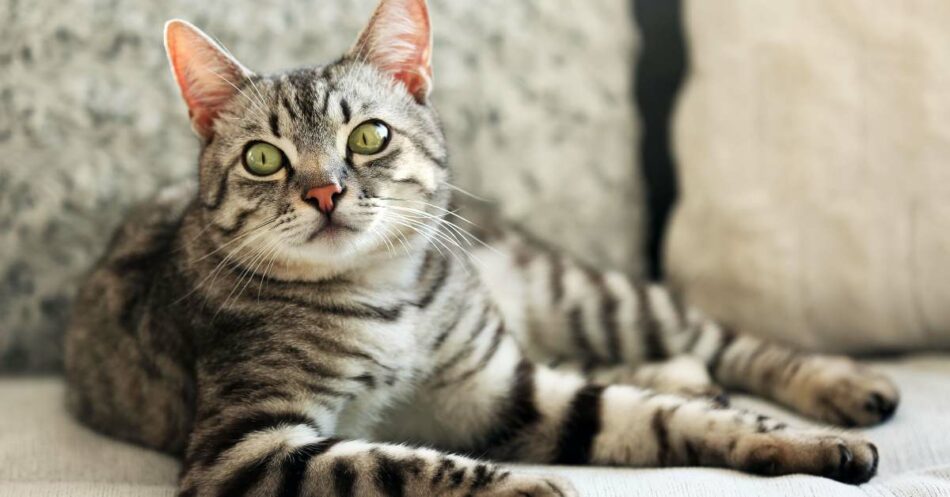
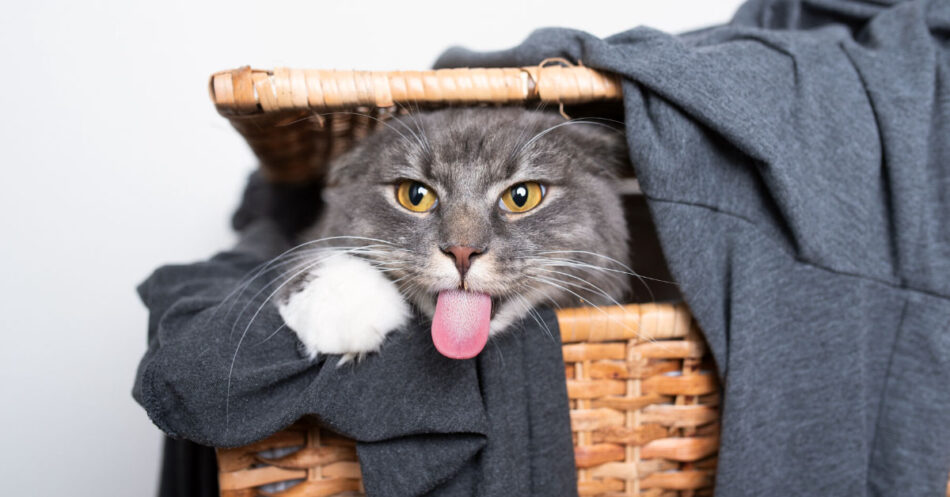
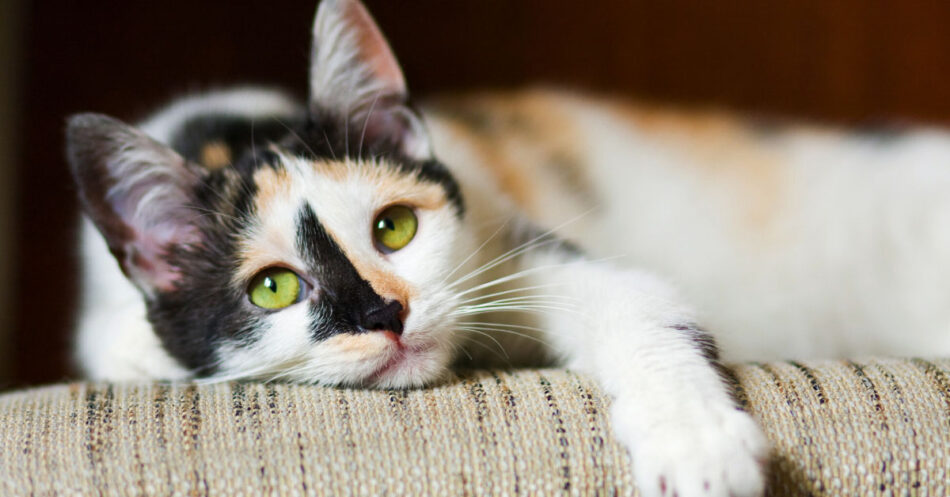
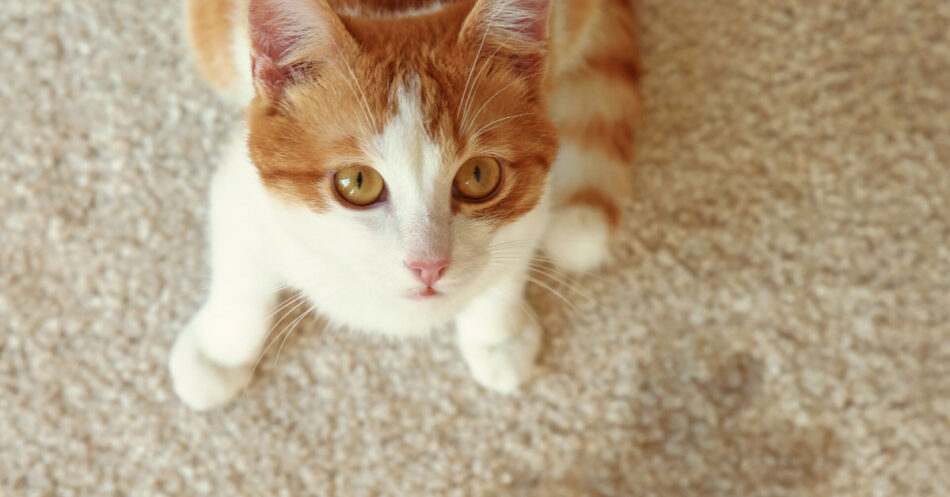
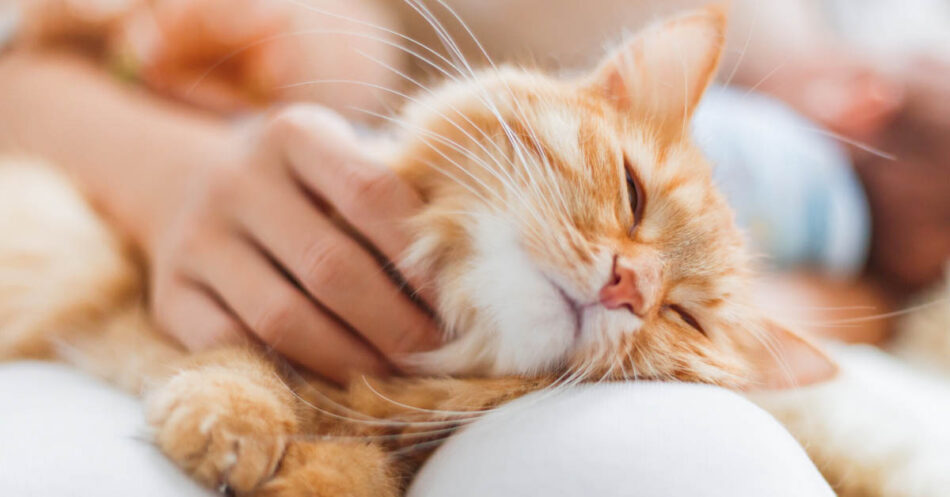
Comments (0)